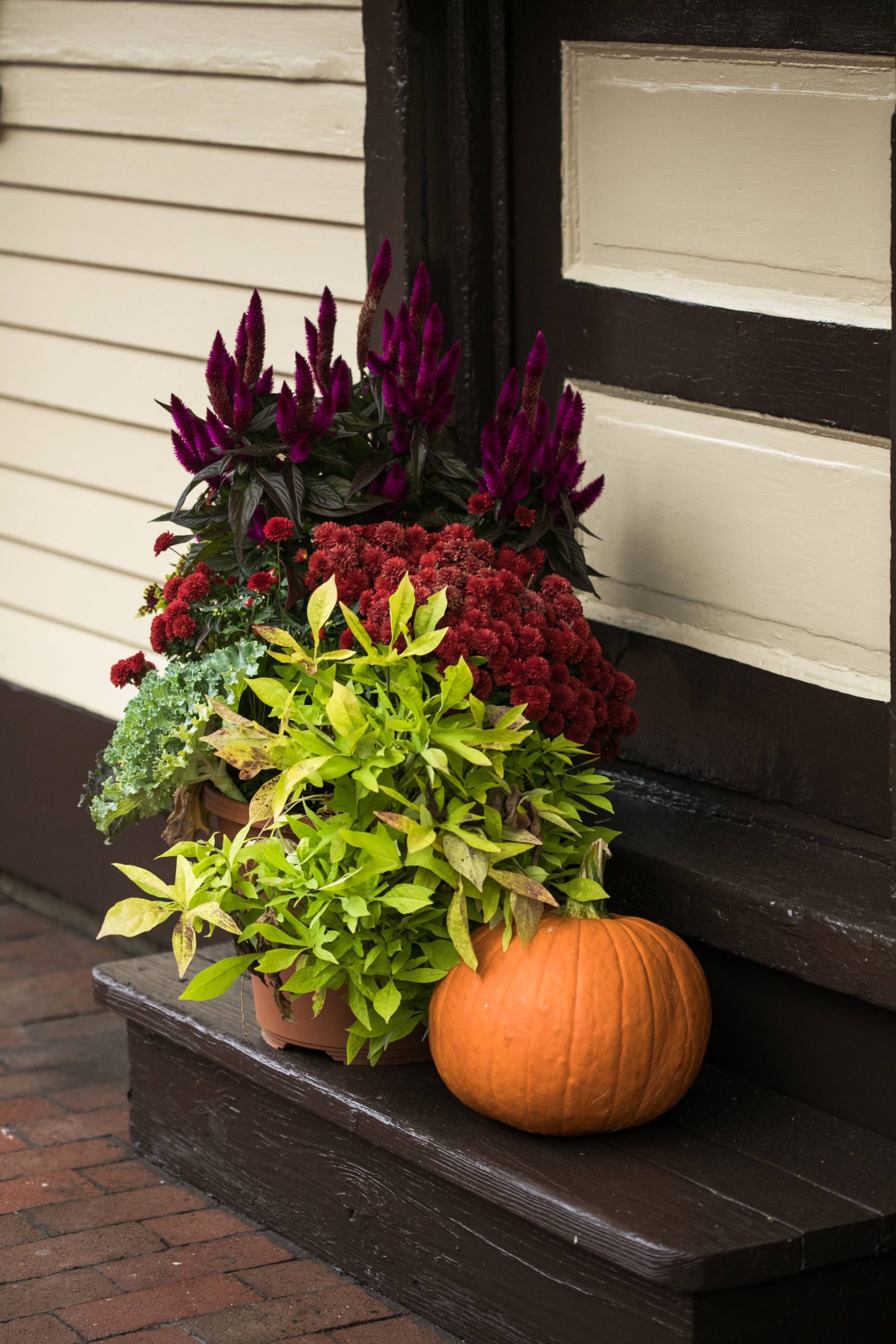
As the golden hues of late summer begin to fade and the crisp air of early fall sweeps in, gardeners are presented with another opportunity to engage with their green spaces. Early fall is an exciting time in the garden because it’s the perfect season to plant cool-season crops. These resilient vegetables thrive in the cooler temperatures and shorter days, promising a bounty even as the threat of the first frost looms.
Understanding Cool-Season Crops
Cool-season crops are plants that can tolerate — and even prefer — the cool temperatures of fall. These hardy vegetables not only survive but often taste better when grown in cooler conditions because the cold encourages the plants to convert stored starches into sugars. Some familiar cool-season vegetables include leafy greens like spinach, kale, and lettuce, brassicas such as broccoli and cabbage, as well as root vegetables like carrots, radishes, and turnips.
Timing is Everything
One of the most important steps in preparing your garden for early fall planting is understanding the timing. Gardeners must calculate their local average first frost date, which can be found through online resources or local agricultural extensions. The goal is to ensure your crops mature before the freezing temperatures become frequent.
A good rule of thumb is to read the seed packets for each specific plant to understand their days to maturity. For example, if your frost date is October 15th and you’re planting a crop that takes 60 days to mature, aim to seed around mid-August to allow your vegetables ample time to grow.
Preparing the Soil
Before planting cool-season crops, it’s essential to prepare your garden beds to support a new wave of growth. Start by pulling out any remaining warm-season plants, including their root systems, to prepare the soil. If any of the summer plant remnants show signs of disease or pest infestation, ensure they’re disposed of properly and not added to the compost heap.
Once cleared, consider enriching your soil with some organic matter. Adding compost not only provides essential nutrients for your new crops but also improves soil structure, making it easier for roots to penetrate. Additionally, turning the soil over with a garden fork and watering it a day or two before planting can facilitate seed germination and root establishment.
Choosing the Right Crops
When selecting which cool-season crops to plant, consider your personal preferences as well as what grows best in your climate. Here’s a short list of ideal cool-season crops and some tips for each:
1. Spinach: This leafy green thrives in cooler temperatures. Plant seeds about half an inch deep in rows spaced 12 inches apart. Spinach can withstand light frost, making it an excellent early fall candidate.
2. Kale: Known for its cold hardiness, kale sweetens as the temperature drops. Space seeds a foot apart to provide ample room for growth. Harvest leaves from the bottom up to extend the growing season.
3. Broccoli: While broccoli requires ample growing space, it is worth the effort. Plant seedlings 18 inches apart in rows spaced three feet apart. Regular feeding with a nitrogen-rich fertilizer can promote large heads.
4. Lettuce: Quick to mature, lettuce can be seeded in succession every couple of weeks for a continuous harvest. Space seeds a few inches apart; when young, simply thin out and use the baby greens.
5. Radishes: A fast-growing root crop, radishes can mature in as little as 30 days. Plant seeds about an inch apart and thin as needed. They are perfect for filling in gaps in your garden beds.
Watering and Mulching
While fall brings cooler temperatures, which means reduced evaporation, ensuring your crops get adequate moisture is crucial. A consistent watering schedule helps prevent soil from drying out and reduces stress on your plants. However, be mindful of over-watering, as heavy autumn rains can lead to overly saturated soil.
To combat the temperature fluctuations often seen in early fall, consider applying a layer of mulch around your plants. This protective layer can help maintain soil warmth, reduce water evaporation, and keep weeds at bay. Straw, shredded leaves, or grass clippings make excellent mulch choices for cool-season crops.
Protection from Early Frosts
As you revel in your newly planted garden, keep an eye on the weather forecast. Unexpected early frosts can be detrimental to your young crops. Consider investing in or creating protective coverings like row covers or cloches. These structures trap heat and prevent frost from settling on your plants.
Floating row covers can be draped over your beds, while cloches made from repurposed plastic bottles or glass jars are placed over individual plants. Removable and reusable, these covers are valuable allies for extending the longevity of your crops.
Conclusion
Transitioning your garden from summer to fall can be a rewarding endeavor. By embracing cool-season crops, you’re not only prolonging your gardening season but also enjoying homegrown produce during a time when many are shutting down their plots. With proper preparation, timing, and protective measures, your early fall garden can flourish as a testament to nature’s resilience and the gardener’s hope. So, dig in, plant those seeds, and savor the fruits — and vegetables — of your labor as the leaves begin to fall. Happy gardening!







